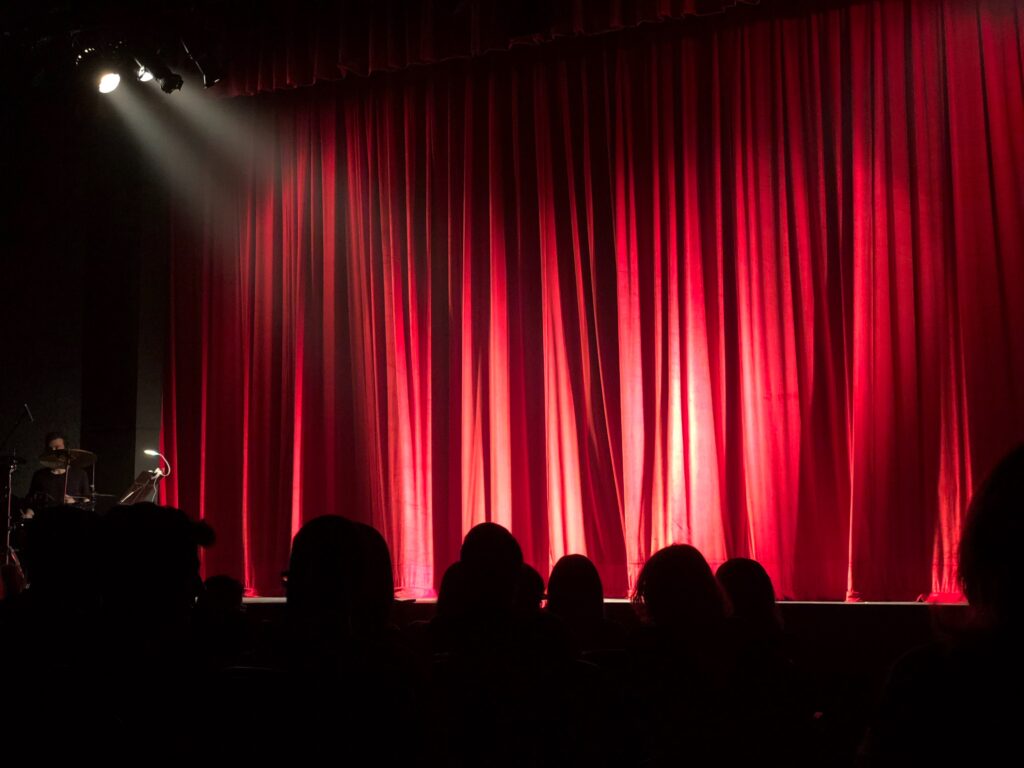Ask Me Anything: Sounding Off with Aercoustics Associate Dylan Salazaar
How did acoustics, noise, and vibration become your specialization?
My career path didn’t start out in acoustics. I went to school for mechanical engineering, and in university, we very briefly touched on vibration. Other than that, I had no idea that this field even existed. My first job after school was with a mechanical contractor. During my first week, I met someone from Aercoustics on a project, but I never imagined I would end up working at the same company. Later, I had the opportunity to change my career with a finance role that leveraged some of my technical background. But I found that I missed the technical challenge of more formal engineering work. That was when one of my coworkers reintroduced me to Aercoustics and the field of acoustics. Given my love of music, my interest in building design and my education as an engineer, I was intrigued and applied. That was a decade ago and I’m happy to still be a member of the team.
How do you describe your area of specialization to your family?
I normally say I work in acoustics design, but people often assume I’m an audio engineer working in a recording studio (though, we do design recording studios!). I find the best way to describe my job is I’m an engineer who focuses on acoustics, noise and vibration, and then give two examples at the opposite ends of the spectrum. If you have highly sensitive equipment in a hospital like an electron microscope or an MRI machine, I’m involved with making sure building vibrations don’t create a problem. At the same time, I can be involved in making a performing arts theatre sound great without using a microphone or sound system.
What project are you most proud to have worked on?
One of the largest projects I completed was Mackenzie Vaughan Hospital (now called Cortellucci Vaughan Hospital). This is a massive, state-of-the-art healthcare facility serving a large community. As with any large, technically-advanced facility, there were many challenges throughout the five years we spent on the project, but it always feels great to see such an important facility and know I was a part of it.
What changes are happening in your industry in the near future?
What we are seeing now is evolutions for efficiency when it comes to on-site building construction. Part of this is related to modular construction, where a building can be designed using a kit of pre-fabricated parts and then assembled on site. These modules can be entire rooms with lights, ducts and everything else ready to go. The benefits are construction deficiencies can be reduced, timelines can be shortened, and costs can be reduced with automated efficiencies. At the same time, these modules create new and interesting challenges for acoustics, noise and vibration, so we’ve spent a lot of time working with clients on designs.
Is there a connection between your professional and personal life?
Absolutely. My love of music influenced my interest in acoustics, specifically in our architectural acoustics team. My parents both worked for record labels, so there was always music and an abundance of records and CDs around the house when I was growing up. When I was finally old enough to develop my own taste in music, I started attending live shows which remains my favourite way to experience music. Because of this keen interest, being a part of a recording studio or venue design team is always a thrill.
What hobbies do you pursue in your spare time?
I’ve always loved to draw. So, while I don’t have any real talent, training or aptitude, I take every opportunity that I have to draw little postcards that I send out to family and friends as a way to say ‘hi’ and keep in touch.


